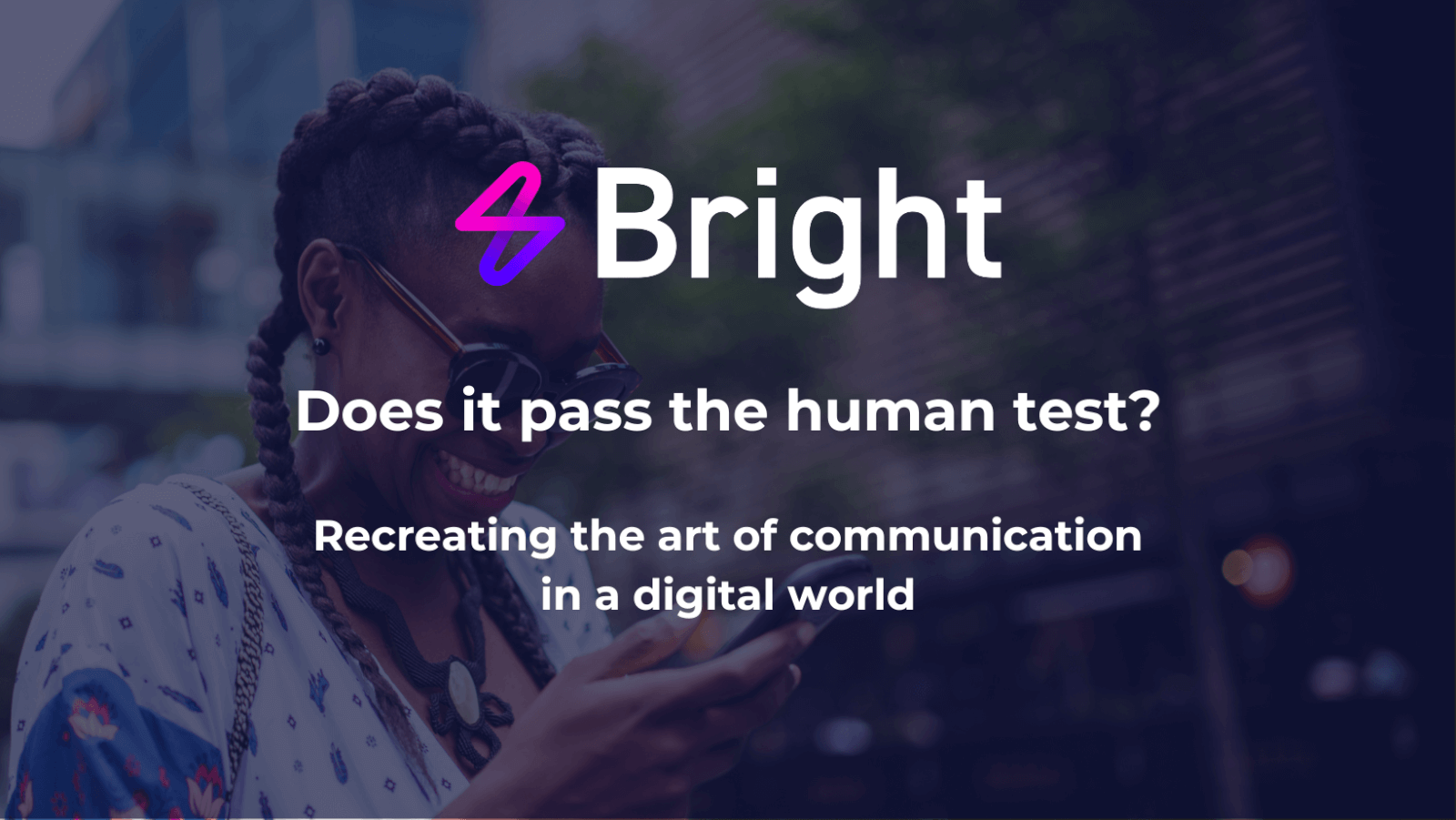Recreating the art of communication in a digital world
Exploring the hypothesis
Email fatigue and digital noise are often cited as two main reasons why some B2B marketing campaigns flounder. When campaigns fail to deliver, it is invariably marketing that gets the blame as the organisation is “disappointed” in performance.
In an age of hyper-targeted messaging with “persona development” and extensive analysis of the “buyer’s journey”, both driven by data and research, why is it that the message often fails to resonate?
Digital communication is not a silver bullet, but it is a tool to share messages and is essential to modern marketing. To be successful, all communications need to be customer-centric with the audience in mind, be topical, relevant and provide the audience with factual, actionable information or tell them something they may not know or have not thought about. A good example of this is when communications apply current trends or new technologies to pain points to solve specific challenges.
Content is key, yet all too frequently, it is little more than a “sales pitch” which rarely solves real-life challenges and in today’s unsettled world, often can come across as tone deaf.
People are at the heart of communications
In the B2B world, people buy from people, they work for people and with people. With this goes all the human traits, such as happy, sad, angry, stressed, rational and in today’s world – irrational behaviour, too. AI may have revolutionised the way we track behaviour, but technology cannot replicate human emotion. People are not robots.
When developing content, one size rarely fits all. Organisations with business challenges, such as change, digital transformation or cost reduction, also employ people. All too often, whilst automation will alleviate many issues around accuracy, speed, and reduced cost of manual intervention, there is very little mention of the impact on people, other than you can redeploy them to do more productive, creative and interesting work. Appealing in theory, but where is the actionable information that helps them with how that is implemented and how it should be communicated?
People need real and actionable information in communications to help them make informed decisions, manage change, and retain and attract staff – which is a massive global issue. We should also not forget to consider the “what is in it for me?” factor. This applies to all of us. We are human beings.
A final point to bear in mind is to differentiate between an organisation’s buying journey and those “humans” involved at different stages in that process. Those who initiate are not always the same people as those who research and select suppliers, those who validate proposals and those who make the final decision.
As people, they will use a variety of ways to gather information – peers, personal networks, websites, searches, analyst reports, etc. One thing is for sure, most of these “humans” will check out your website. What they want is proof that you understand their challenges, know how to solve them and can ‘walk the talk’. Importantly and often overlooked, it matters if people ‘like’ your organisation, relate to its core values and if they will enjoy working with you. In B2B marketing, customers rarely browse aimlessly, they have an objective to meet and a job to do – they are looking for something specific, so accessibility, brevity and speed are of the essence.
Taking the next steps
Keep it customer-centric: Put people at the centre of your campaigns from start to finish. Do not get side-tracked by pressure to talk only about your organisation’s offerings.
Test, learn, optimise: Validate your content with your personas with a small test pilot and refine accordingly. Taking an agile marketing approach reaps rewards as you can test and fine-tune to understand what comms and channels really drive engagement.
- Would I read this?
- Do I think this is boring?
- What is in it for the audience and why would they care?
- Is it topical, relevant and actionable?
- Do you have the right data to make a difference?
- What do I want the audience to do – call to action?
- If the audience wants more information, can they find it easily and is it accessible?
- Does your website really deliver the right experience?
Communication that drives behaviour
Learn more about Bright’s content and creative services, guaranteed to get your audience fired up to interact with your brand.
At Bright, we pride ourselves on being B2B marketing experts that drive results through marketing agility. We embed an iterative and data-driven approach, leading the charge to better results and the ability to adapt and change at pace.
Shine a light on your marketing campaigns with Bright.
Get in touch with us today to discuss all things agile.


